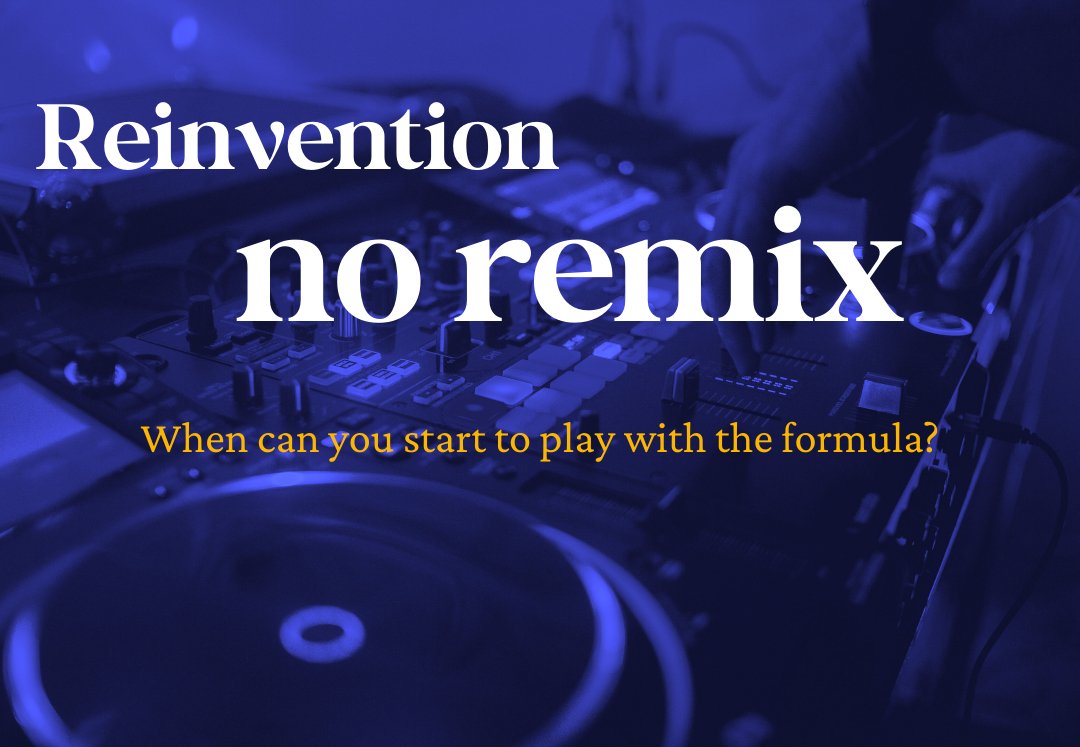The Backbone of Virality: Why Do People Share Content and How Can Brands Leverage It?
Written by
POSTED
06th January 2025
CATEGORY
Insights
Virality isn’t an accident. Nor is it just a lucky break granted by the algorithm gods. It’s something that happens when content taps into a fundamental human instinct: the desire to share.
Every viral post, campaign, or piece of content has one thing in common, it makes people want to turn to a friend, a colleague, or their WhatsApp group chat and say, “Have you seen this?/This made me think of you.”
At The Conscious Marketing Group, we believe that virality isn’t about chasing trends or crossing fingers and hoping that something sticks. It’s about understanding why people want to share content in the first place, then designing content with clear, conscious thinking that makes it easy for them to do so. In this article, we’ll break down the mechanics of viral sharing and how UK businesses can create marketing that audiences want to share.
Why Do People Share?
At its core, sharing is a social act. As humans, we don’t just share for the sake of it, we share because it serves a purpose for us. If a piece of content doesn’t offer us or someone we know something valuable, it’s unlikely to travel far.
So, how does that translate to marketing content? There are a few key psychological drivers behind why people feel the desire to share content they come across:
To Entertain
Humour is one of the strongest catalysts for virality. A hilarious tweet, a perfectly timed meme, or an unexpected punchline in a video all trigger that instant urge to share that we’ve all felt. When something makes us laugh, we instinctively want others to experience that same joy.
To Educate or Inform
We like to be the first to share useful information – the original bearer of educational information. Whether it’s an industry insight, a shocking statistic, or a fresh take on an old problem, valuable knowledge spreads because it makes the sharer look insightful and in-the-know.
To Express Identity
Sharing is a form of self-expression. We share content that aligns with our beliefs, values, or interests; a bold opinion piece, a relatable struggle, or a piece of content that captures a feeling we’ve never been able to articulate, these all make people think, “That is me.”
To Strengthen Relationships
Sometimes, sharing is about connection. A funny video sent to a friend, a nostalgic post tagged with an old colleague’s name, a photo used as an excuse to get in touch with an ex, these small moments keep relationships alive. If content sparks conversation, it has a natural path to spread.
To Signal Status
People share content that makes us look good. Be it by showing off our knowledge, taste, or sense of humour, if a piece of content makes us feel smarter, ahead of the curve, or part of an exclusive group, we’ll pass it on.
The “Who” Matters Just as Much as the “Why”
Understanding why people share is step one, but step two is the equally important question: who are they sharing it with?
Virality happens within networks. A single person might share a piece of content, but if it doesn’t reach the right audience, it stalls and crashes out.
Brands have to think strategically and clarify precisely who they want their content to land with and travel to:
- Niche communities: A well-placed piece of content in a targeted industry group can be far more effective than a broad, generic post
- Private conversations: More sharing happens in DMs and group chats than on public feeds; if your content is something people would want to privately send to a friend, it’s got viral potential
- Key influencers: These don’t have to be celebrities, just people with influence in their circles and niches; a respected industry leader sharing your insight can be more impactful than thousands of random views – read more about influencer marketing here
By parking the idea of asking, “How do we go viral?” and adopting the strategy of asking: “Who would share this, and who would they send it to?” brands can benefit from a targeted, conscious marketing approach rather than leaving it up to luck.
How to Create Content People Want to Share
If businesses want their content to spread, they need to design it for sharing from the start. That means creating content that makes people look good when they share it, gives them a reason to pass it on, and feels tailor-made for the right audience.
While there isn’t a one-size-fits-all marketing approach that works flawlessly every time, there are five steadfast rules that, if followed, offer a strong foundation to start. Here’s how to do it:
1. Start With Emotion
Content that sparks emotion, whether it’s laughter, surprise, curiosity, or even outrage, is far more likely to be shared. Start by asking: What reaction do we want this to trigger?
2. Make It Instantly Understandable
People share things they can grasp in seconds, and as social media continues to shorten people’s attention spans, we have fewer seconds in which to grab audiences’ attention. If someone has to read a paragraph before they understand what you’re saying or selling then it’s too complicated. Simplify your message and make sure it’s crystal clear at first glance.
3. Encourage “Inside Joke” Energy
People love content that makes them feel like part of a group. Whether it’s industry-specific humour, relatable struggles, or clever nods to shared experiences, content that taps into a sense of belonging spreads fast.
4. Leverage Trends, But Make Them Your Own
Jumping on a trend can work if you add something unique. Too many brands simply replicate what’s already popular, but the ones that succeed take a trend and put a fresh, unexpected spin on it.
5. Optimise for Private Sharing
If your content isn’t something people would DM to a friend, it’s missing out on a huge channel of organic reach. Short-form videos, bold statements, unique humour, and surprising insights all thrive in private conversations.
Going Beyond Virality: Creating Sustainable Word-of-Mouth
Going viral is incredible, but for brands, the real goal is sustained, meaningful engagement. Virality without strategy is a fleeting win, a flash in the pan and a glimpse of what your content could be. The brands that succeed aren’t the ones chasing random viral moments; they’re the ones building long-term, word-of-mouth shareability by consistently creating content that people want to talk about.
At CMG, we help UK businesses craft marketing strategies that don’t rely on luck. We understand that virality isn’t magic, it’s about knowing your audience, tapping into their emotions, and making it effortless for people to share your content.
Instead of asking, “How can we go viral?” the real question is:
“Are we creating something that’s genuinely worth sharing?”
Answer that, and you’re not just chasing trends, you’re creating marketing that moves.

